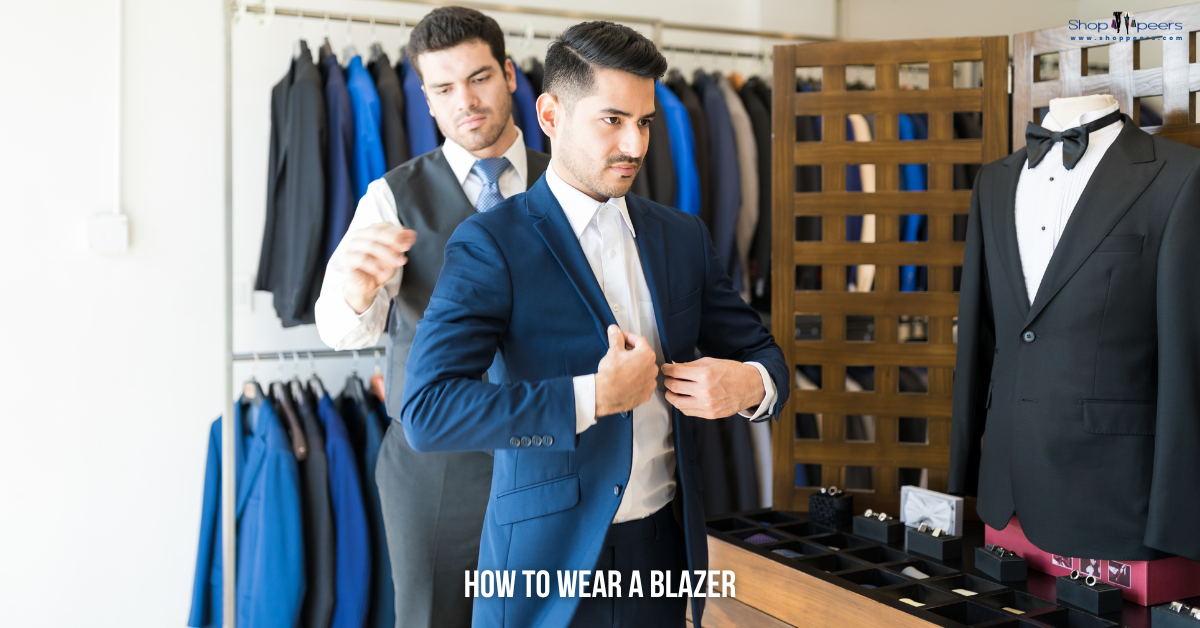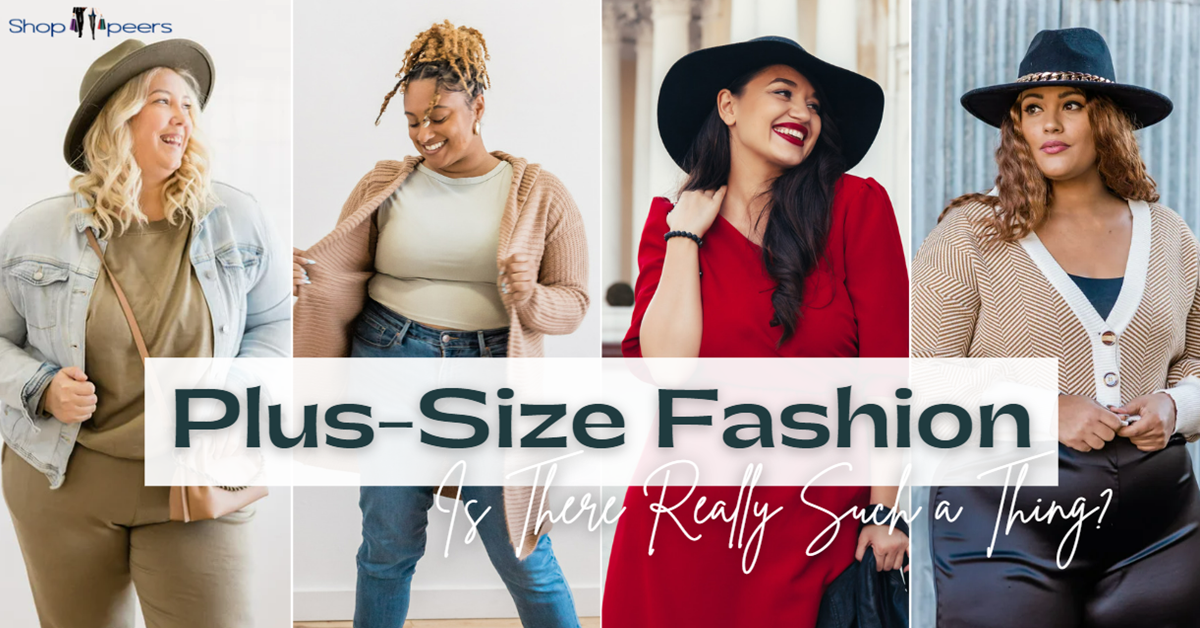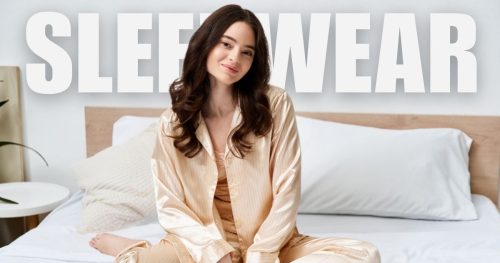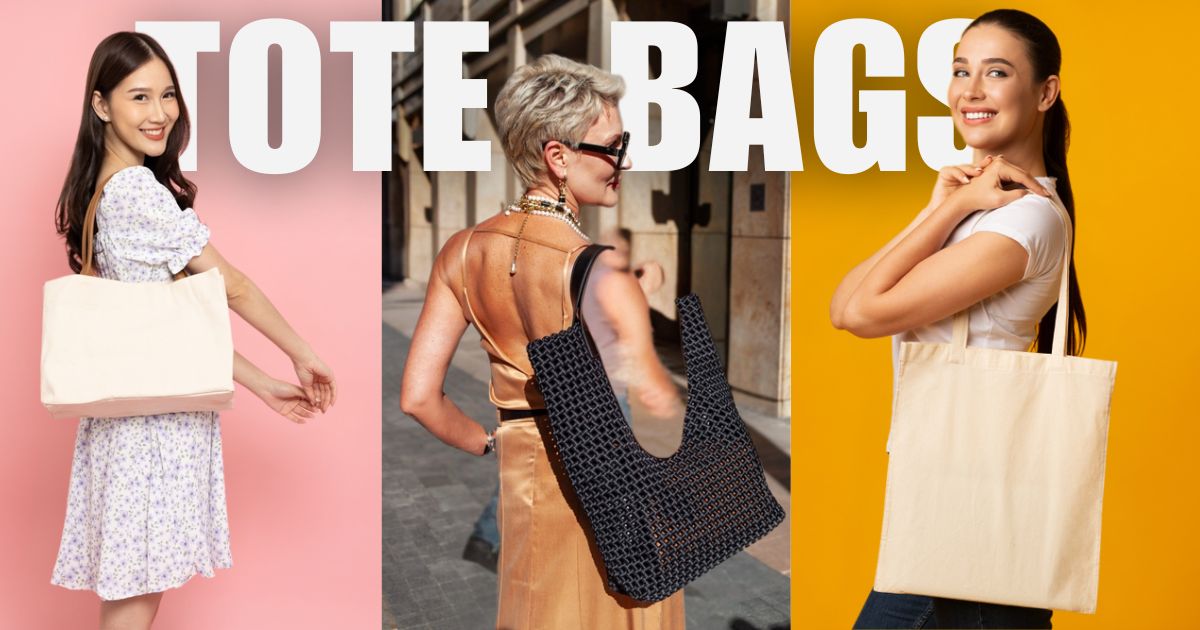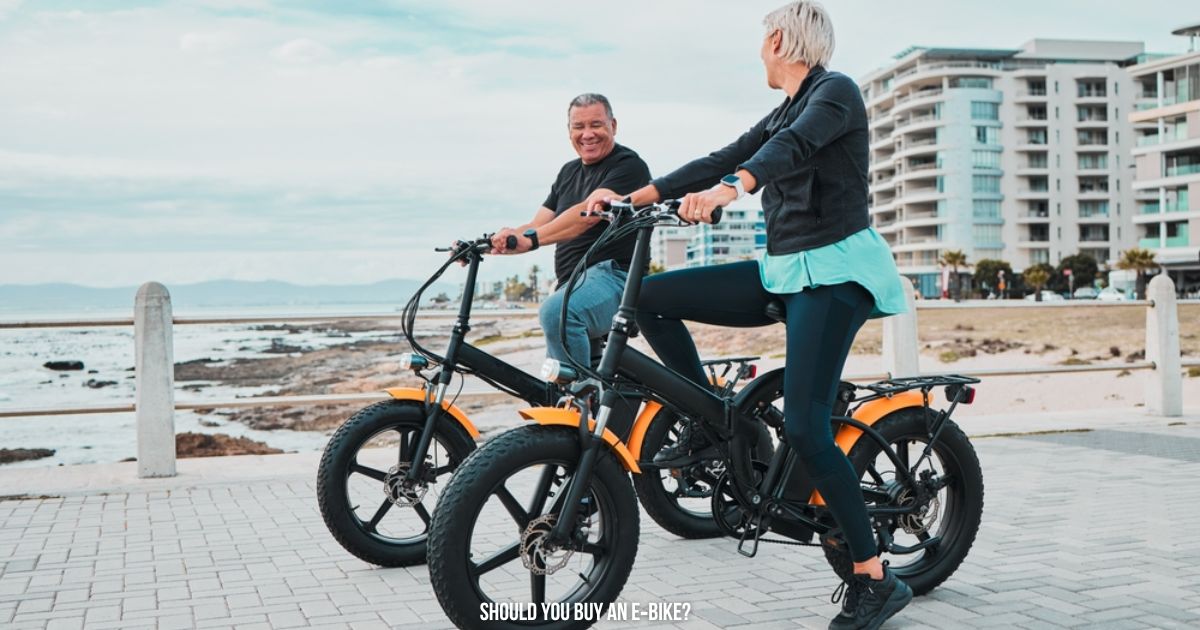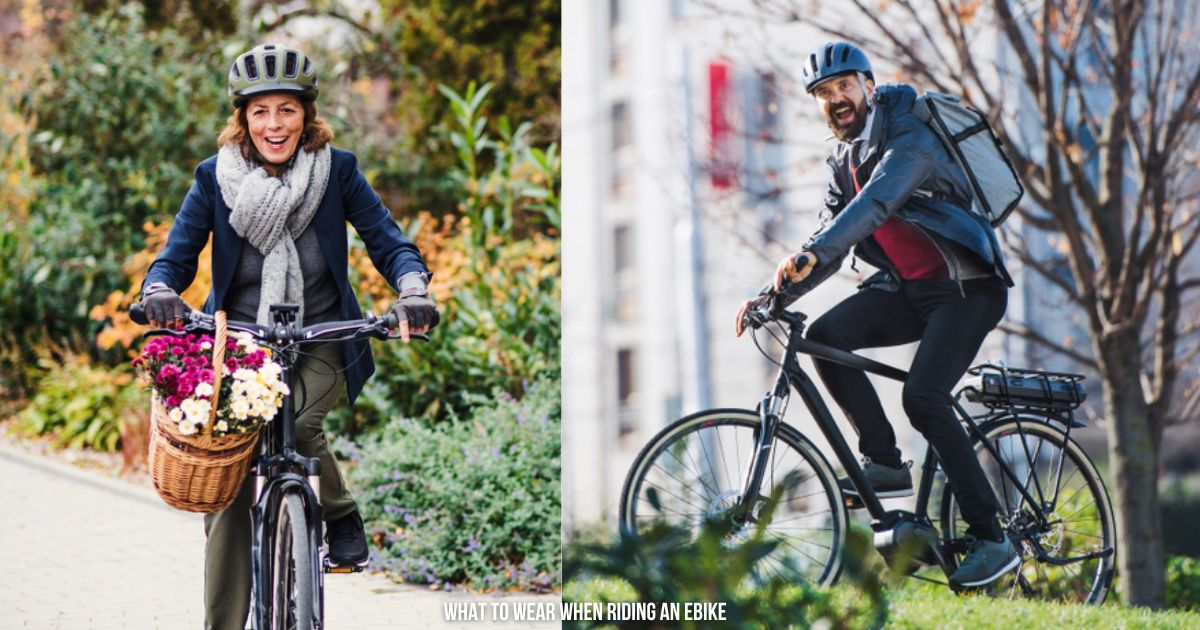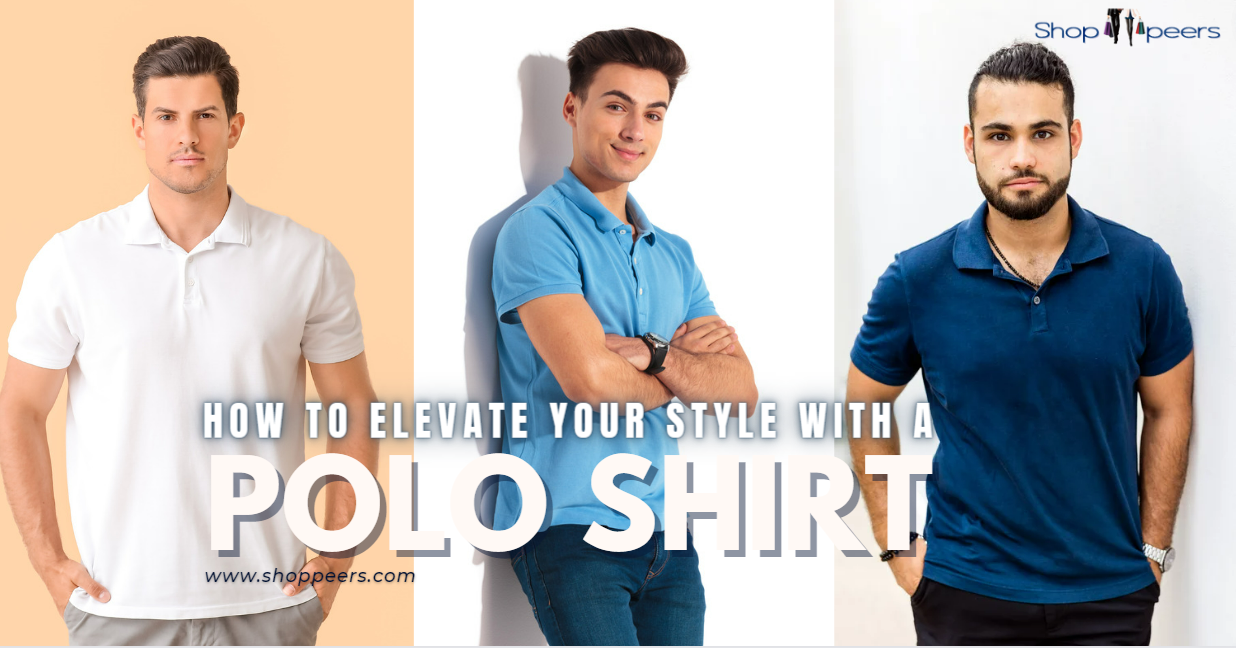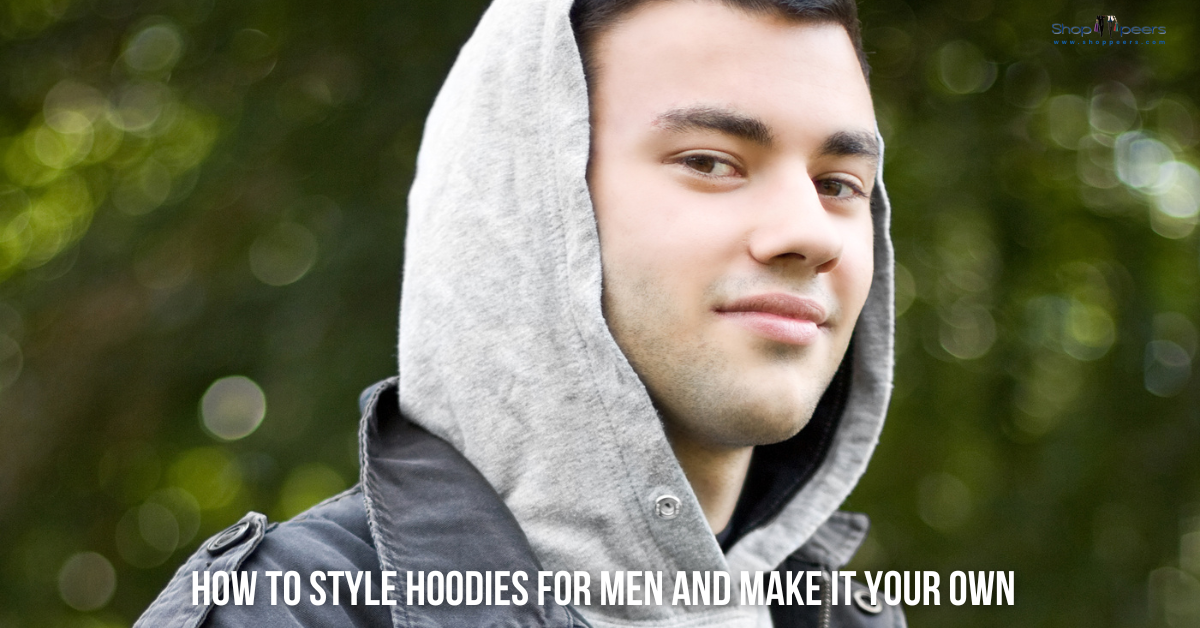Blazers – those versatile, structured jackets – are the unsung heroes of men’s fashion. Whether you’re heading to a business meeting, a casual dinner, or a weekend brunch, a well-styled blazer can elevate your look and exude confidence. In this comprehensive guide, we’ll delve into the art of blazer-wearing, from choosing the right type to mastering the do’s and don’ts. So, gentlemen, let’s unlock the secrets to impeccable blazer style!
1. Types of Blazers
Before we dive into styling tips, let’s explore the different types of blazers and their specific characteristics:
Single-Breasted Blazers
Design and Usage: The single-breasted blazer is a quintessential piece in men’s fashion, renowned for its versatility. It typically features a single row of buttons, which can range from one to five, though the most common designs have two or three buttons. This style offers a streamlined look, making it ideal for a range of settings, from business-casual environments to informal social gatherings. The single-breasted blazer’s simplicity and clean lines make it adaptable for various occasions, including:
- Business-Casual Settings: Perfect for relaxed office environments where a more formal look is required but full suit attire isn’t necessary.
- Weekend Outings: Ideal for casual brunches or social events where you want to look polished without appearing overly formal.
- Casual Date Nights: The single-breasted blazer can be dressed down with jeans or chinos, making it a great choice for a stylish yet approachable appearance.
Fabric Options:
- Cotton: Breathable and lightweight, cotton blazers are excellent for warmer weather and casual settings. They provide comfort and are easy to maintain.
- Linen: Ideal for hot climates, linen blazers offer a relaxed and breezy feel. They tend to wrinkle more easily but provide a distinct, laid-back charm.
- Cotton-Linen Blend: Combining the best of both worlds, this blend offers durability and a relaxed look, making it suitable for semi-formal occasions.
- Wool: Wool blazers are more structured and provide a classic look suitable for cooler weather. They offer a refined appearance and are excellent for slightly more formal events.
- Tweed: Known for its texture and warmth, tweed is perfect for winter and adds a touch of traditional style to your outfit.
Occasions:
The single-breasted blazer’s adaptability makes it a staple in any wardrobe. It can be easily dressed up with dress trousers and a shirt for a business meeting or dressed down with chinos and a t-shirt for a more relaxed look. Its flexibility allows it to transition seamlessly between various settings and occasions.
Double-Breasted Blazers
Design and Usage: The double-breasted blazer is distinguished by its two parallel columns of buttons and an overlapping front flap. This design not only adds an element of sophistication but also provides a more structured and formal appearance. It is often associated with classic and traditional styles, making it suitable for high-profile or formal events. The double-breasted blazer is particularly fitting for:
- Formal Events: Such as weddings and gala dinners where a refined and elegant look is desired.
- Business Conferences: When you need to present a strong, professional image, the double-breasted blazer adds an air of authority and distinction.
- Upscale Social Gatherings: Perfect for occasions that require a higher level of formality and class, like charity events or exclusive parties.
Fabric Options:
- Wool: The most common choice for double-breasted blazers, wool provides a luxurious feel and structure. It’s ideal for cooler weather and formal occasions.
- Cashmere: For an extra touch of elegance, cashmere offers unparalleled softness and warmth. It’s perfect for high-end events and can elevate your overall look.
- Twill: A variation of wool, twill offers a subtle texture and durability, making it a versatile option for both formal and semi-formal events.
Occasions:
The double-breasted blazer’s formal nature makes it suitable for occasions where a sophisticated and classic appearance is necessary. Its design not only emphasizes the wearer’s stature but also provides a timeless aesthetic that works well with dress shirts and formal trousers. For a more traditional and distinguished look, the double-breasted blazer is an excellent choice.
2. Blazer Buttoning Rules
Mastering the buttoning rules is crucial to achieving a polished and well-fitted appearance with your blazer. Proper buttoning not only ensures a sharp look but also contributes to comfort and the overall fit of the jacket. Here’s how to navigate the buttoning rules for both single-breasted and double-breasted blazers:
Single-Breasted Blazers
When Standing:
- Top Button: Button the top button (or the single button if it’s a one-button design) to create a streamlined and flattering appearance. This practice helps maintain a sleek silhouette and ensures that the blazer fits well across the chest and shoulders.
- Middle Button: If your blazer has more than one button, such as a two-button or three-button design, it is standard to button the top button and the middle button (if present) for a traditional look. The bottom button remains unbuttoned.
- Alignment: Ensure that the blazer’s button aligns with the lapels, which should lie flat against your chest. This alignment helps maintain a clean, tailored look.
When Sitting:
- Unbuttoning: It is essential to unbutton the blazer when sitting to avoid excessive pulling and creasing. This practice allows for more comfort and prevents the fabric from bunching up or becoming strained.
- Comfort: Unbuttoning the blazer also helps maintain ease of movement and ensures that the jacket does not constrict your torso.
Fit:
- Tailoring: The blazer should be tailored to your body without being too tight or too loose. The fit should contour to your frame without creating puckers or gaps.
- Proper Fit: Ensure that the blazer’s shoulders align with your natural shoulder line, and the sleeves should fall just above your wrist bone, allowing about a quarter to half an inch of shirt cuff to show.
- Chest and Waist: The blazer should close comfortably around your chest and waist without excessive pulling or sagging. You should be able to button it easily without feeling restricted.
Double-Breasted Blazers
Buttoning:
- All Buttons: Always button all the buttons on a double-breasted blazer. This practice maintains the intended structure and form of the jacket. Unlike single-breasted blazers, which have the option to leave buttons unfastened, double-breasted designs are meant to be fully buttoned for a clean, streamlined appearance.
- Button Placement: Ensure that the blazer’s buttons are properly aligned and fastened in their respective buttonholes. Misaligned buttons can disrupt the blazer’s overall look and create an unpolished appearance.
Fit:
- Snug Fit: The double-breasted blazer should fit snugly but comfortably around the chest and waist. It should provide a structured appearance without causing discomfort or restricting movement.
- Avoid Excessive Tightness: While the fit should be tailored, avoid excessive tightness, which can disrupt the blazer’s elegant drape and create an unflattering silhouette. The blazer should conform to your body shape without straining the fabric.
- Lapels and Closure: The lapels should lie flat and not gape or pull away from the body. The blazer should close smoothly without any noticeable tension or pulling at the button areas.
3. Styling Tips
Let’s explore some creative ways to style your blazer for various occasions, helping you make the most of this versatile wardrobe staple.
Casual Chic
Pairing:
- Jeans or Chinos: For a relaxed yet refined look, pair an unstructured blazer with jeans or chinos. This combination strikes a balance between casual comfort and polished style. Opt for dark denim or well-fitted chinos in neutral tones like beige, navy, or grey to keep the look sophisticated.
- Layering: You can layer a casual blazer over a t-shirt or a lightweight sweater for added warmth and style. This approach works well for both spring and fall.
Material Choices:
- Summer Fabrics: Choose lightweight materials like cotton, linen, or a cotton-linen blend. These fabrics are breathable and comfortable in warmer weather. A linen blazer, for instance, provides a breezy, relaxed feel ideal for hot days.
- Cooler Months: For fall and winter, opt for fabrics that provide warmth and texture, such as wool or tweed. Wool blazers offer a classic look and good insulation, while tweed adds a traditional touch and extra warmth.
- Texture and Pattern: Consider blazers with subtle textures or patterns, such as herringbone or micro-checks, to add visual interest without overwhelming the outfit.
Footwear:
- Loafers: Suede or leather loafers add a touch of refinement while remaining casual. They work well with both jeans and chinos.
- Brogues: For a more polished yet casual look, brogues can complement the blazer nicely, especially in a smart-casual setting.
- Stylish Sneakers: Clean, minimalistic sneakers can provide a contemporary edge to the outfit. Opt for classic white or neutral-colored sneakers to maintain a balanced look.
Accessories:
- Belts: Choose a leather belt that matches your shoes for a cohesive look. A simple belt with minimal detailing keeps the casual vibe intact.
- Watches: A casual watch with a leather strap or a sleek metal band can add a touch of sophistication. Avoid overly formal or flashy watches to maintain the casual chic style.
Smart-Casual Vibes
Shirt Alternatives:
- T-Shirts: Swap your standard button-up shirt for a high-quality, well-fitted t-shirt. Opt for neutral colors or subtle patterns to keep the look polished. A plain white or grey t-shirt pairs effortlessly with a blazer for a modern, laid-back style.
- Polo Shirts: A polo shirt adds a touch of preppy charm while maintaining comfort. Choose one with a slim fit and minimal branding to keep it sophisticated.
- Layering: Consider layering the t-shirt or polo with a lightweight sweater or a casual button-up shirt for added depth.
Sleeve Rolling:
- Creating a Relaxed Look: Rolling up the blazer sleeves can give a more casual and approachable appearance. This technique works particularly well in informal settings, like weekend brunches or casual social gatherings.
- How to Roll: Fold the blazer sleeves up to just above your elbows. Ensure the shirt cuffs or the fabric underneath are neatly exposed for a stylish touch. Be mindful of the fabric—rolling up sleeves on a more structured blazer may alter its silhouette.
Accessories:
- Casual Watches: Opt for a wristwatch with a leather strap or a sporty design. Avoid overly formal or elaborate watches, as they can clash with the relaxed nature of the smart-casual look.
- Belts: A simple leather belt or a woven belt can enhance the outfit. Choose a belt that complements the overall color scheme and fits the casual vibe.
- Pocket Squares: Adding a pocket square with a subtle pattern or a complementary color can enhance the blazer’s style without making it too formal. For a relaxed look, choose a casual fabric like cotton or linen.
- Sunglasses: Stylish sunglasses can add a touch of flair and sophistication to your smart-casual outfit, particularly in sunny weather.
4. Blazer Dos and Don’ts
Keep these essential guidelines in mind to ensure you look your best and make the most of your blazer:
Do:
Shoulder Fit:
- Comfort and Alignment: Ensure the blazer’s shoulders fit comfortably and align with your natural shoulder line. The shoulder seams should end where your shoulders naturally slope. A well-fitting shoulder is crucial for maintaining a clean, structured appearance.
- Snug but Not Restrictive: The fit should be snug enough to contour to your shoulders without feeling restrictive. You should be able to move your arms comfortably without any pulling or straining in the shoulder area.
- Tailoring: If you find that off-the-rack blazers don’t perfectly fit your shoulders, consider having your blazer tailored. A professional tailor can adjust the fit to better align with your body shape.
Shirt Cuffs:
- Peeking Out: Allow about a quarter to half an inch of your shirt cuffs to peek out from beneath the blazer’s sleeves. This detail adds a touch of sophistication and shows that you’ve paid attention to the finer points of your outfit.
- Proper Sleeve Length: Ensure the blazer sleeves are slightly shorter than the shirt sleeves. This balance highlights your shirt and contributes to a polished and intentional look.
Accessories:
- Ties: Experiment with different tie styles, patterns, and fabrics to add personality to your blazer outfit. Choose ties that complement the blazer and shirt without overwhelming the overall look.
- Pocket Squares: A pocket square can add a splash of color or pattern, making your blazer stand out. Opt for a pocket square that contrasts with the blazer but coordinates with the shirt and tie.
- Belts: Incorporate belts that match your shoes or complement your outfit’s color scheme. A well-chosen belt can enhance the overall coherence of your look.
- Watches and Cufflinks: Accessories like watches and cufflinks can also elevate your blazer outfit. Opt for subtle, elegant designs that add to the sophistication without being overly flashy.
Don’t:
Fit Issues:
- Avoiding Tightness: Do not wear a blazer that is too tight, as it can restrict movement and create an unflattering appearance. A tight blazer can pull at the button areas and disrupt the overall silhouette.
- Avoiding Looseness: Conversely, avoid blazers that are too loose. Excessive looseness can cause the blazer to sag and lose its structured look, diminishing its overall impact.
- Checking Fit Regularly: Ensure your blazer fits well, not just when standing but also when sitting and moving. If you notice any issues with fit, such as excessive bunching or gaping, consider having it adjusted by a tailor.
Color Coordination:
- Avoid Clashing Colors: Pay careful attention to color coordination between your blazer, shirt, and trousers. Ensure that the blazer complements the other elements of your outfit. For instance, a navy blazer pairs well with lighter shirts and neutral trousers, while a grey blazer works well with various shades.
- Patterns and Textures: When wearing a patterned or textured blazer, balance it with simpler patterns or solid colors in your shirt and trousers. This prevents your outfit from becoming visually overwhelming.
- Occasion Appropriateness: Consider the context and formality of the occasion when selecting colors. For formal events, classic colors like navy, grey, and black are safe choices, while casual settings allow for more flexibility and experimentation.
It’s a testament of refined taste and sophistication
In the world of men’s fashion, mastering blazer style is akin to unlocking a secret code. By understanding the different types of blazers, following buttoning rules, and applying styling tips, you can elevate your wardrobe and exude timeless elegance. Whether you’re dressing for a formal event or a casual outing, a well-worn blazer will always enhance your appearance and confidence.
So, gentlemen, button up, roll those sleeves, and stride out with flair – because a well-styled blazer is not just a piece of clothing, but a testament to your refined taste and sophistication. Embrace the versatility and power of the blazer, and let it be the cornerstone of your wardrobe for years to come.
Luke: A distinctive blend of contemporary style and classic tailoring.
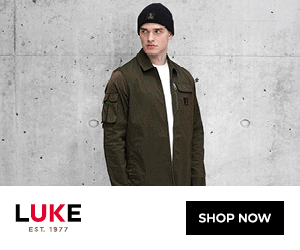 Founded by Luke Roper, the brand has carved out a niche in the fashion world with its unique approach to menswear, characterized by bold designs, high-quality materials, and a modern edge. The website offers a comprehensive range of clothing and accessories, including jackets, shirts, trousers, and footwear, reflecting the brand’s commitment to sophisticated yet accessible fashion. With a user-friendly interface and a focus on both aesthetic appeal and practicality, Luke1977.com provides an immersive shopping experience for those seeking to elevate their wardrobe with standout pieces.
Founded by Luke Roper, the brand has carved out a niche in the fashion world with its unique approach to menswear, characterized by bold designs, high-quality materials, and a modern edge. The website offers a comprehensive range of clothing and accessories, including jackets, shirts, trousers, and footwear, reflecting the brand’s commitment to sophisticated yet accessible fashion. With a user-friendly interface and a focus on both aesthetic appeal and practicality, Luke1977.com provides an immersive shopping experience for those seeking to elevate their wardrobe with standout pieces.

